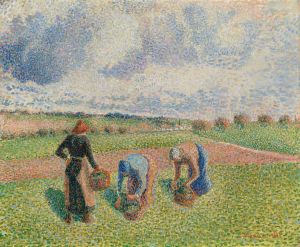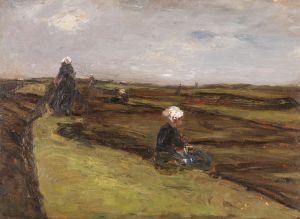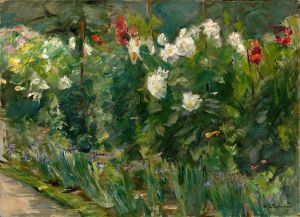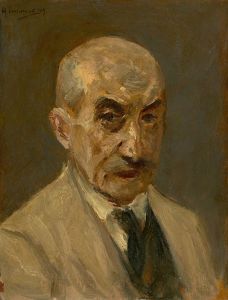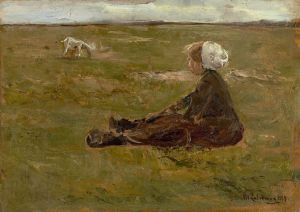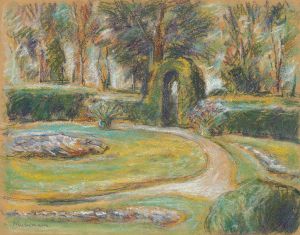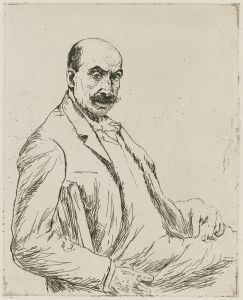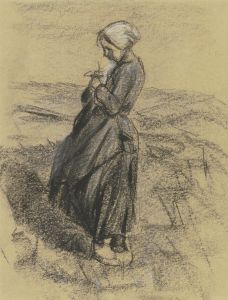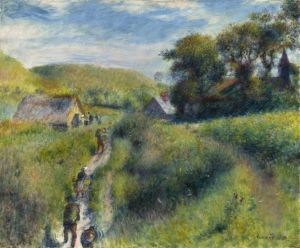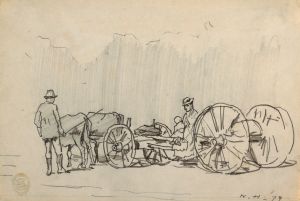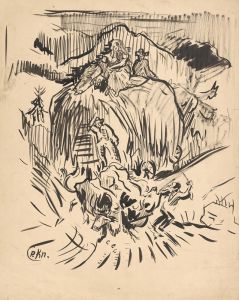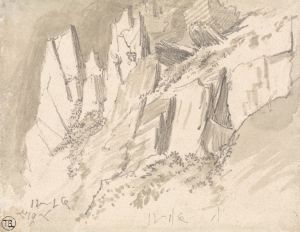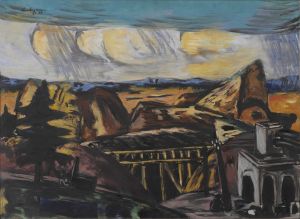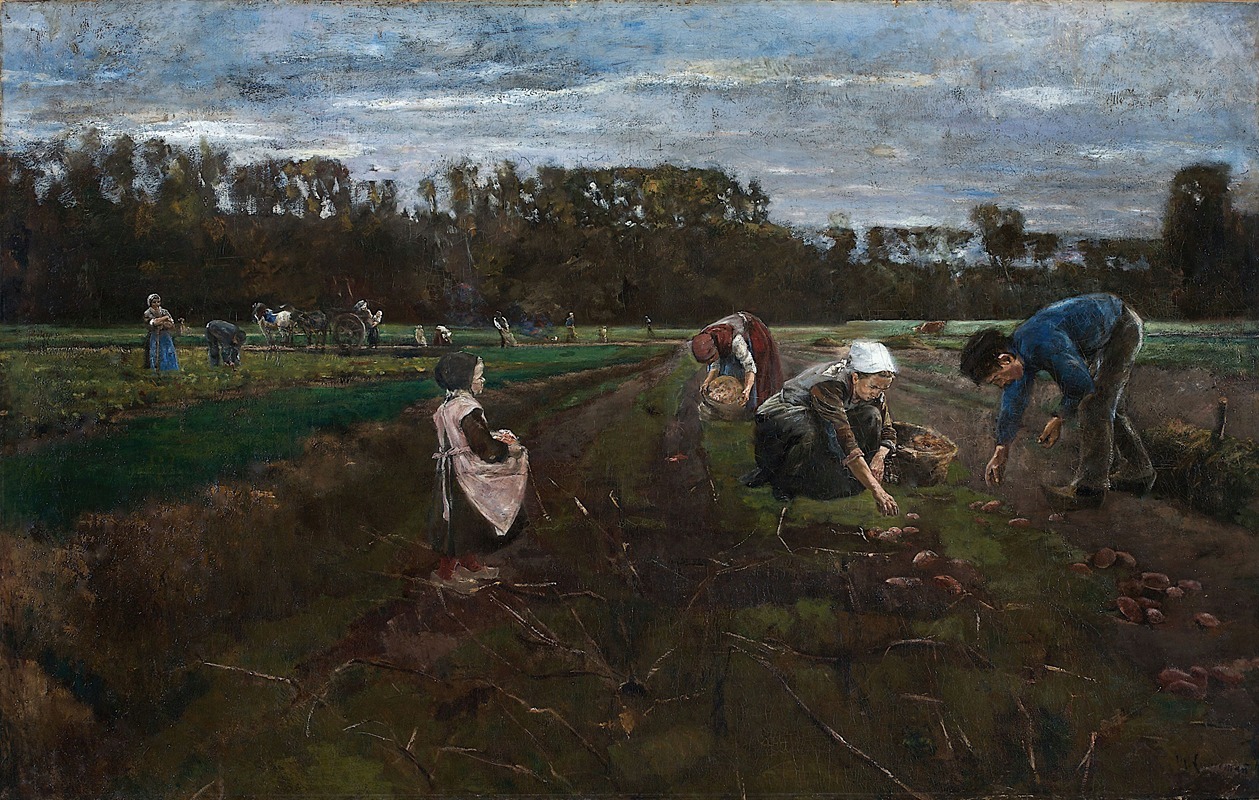
Potato Harvest
A hand-painted replica of Max Liebermann’s masterpiece Potato Harvest, meticulously crafted by professional artists to capture the true essence of the original. Each piece is created with museum-quality canvas and rare mineral pigments, carefully painted by experienced artists with delicate brushstrokes and rich, layered colors to perfectly recreate the texture of the original artwork. Unlike machine-printed reproductions, this hand-painted version brings the painting to life, infused with the artist’s emotions and skill in every stroke. Whether for personal collection or home decoration, it instantly elevates the artistic atmosphere of any space.
"Potato Harvest" is a painting by the German artist Max Liebermann, created in 1875. Liebermann was a prominent figure in the German art scene and is often associated with the Impressionist movement, although his work also shows influences from Realism. This painting is one of his early works and reflects his interest in depicting rural life and the labor of peasants.
The painting portrays a group of peasants working in a field, harvesting potatoes. The scene is set in a rural landscape, with the workers bent over their tasks, emphasizing the physical effort involved in agricultural labor. Liebermann's use of light and shadow in the painting highlights the textures of the earth and the figures' clothing, adding a sense of realism to the scene.
"Potato Harvest" is notable for its subdued color palette, which consists mainly of earthy tones. This choice of colors enhances the naturalistic feel of the painting and underscores the simplicity and harshness of rural life. The composition of the painting is balanced, with the figures arranged in a way that guides the viewer's eye across the canvas, creating a sense of movement and activity.
Max Liebermann was influenced by the French Realist painters, particularly Jean-François Millet, who also depicted scenes of peasant life. Liebermann's focus on the everyday lives of ordinary people was somewhat controversial at the time, as it diverged from the more traditional and idealized subjects that were popular in academic art circles.
"Potato Harvest" is an example of Liebermann's commitment to portraying the dignity and humanity of the working class. His attention to detail and the authenticity of his subjects' experiences reflect his deep empathy and respect for the people he painted. This painting, along with others from the same period, helped establish Liebermann's reputation as a leading artist in Germany.
Throughout his career, Liebermann continued to explore themes of labor and rural life, although his style evolved over time. He became a key figure in the Berlin Secession, an art movement that sought to break away from the conservative traditions of the official art academies. Liebermann's work, including "Potato Harvest," played a significant role in the development of modern art in Germany.
Today, "Potato Harvest" is held in high regard as an important work in Liebermann's oeuvre. It is housed in the Alte Nationalgalerie in Berlin, where it continues to be appreciated by art enthusiasts and scholars alike. The painting remains a testament to Liebermann's skill as an artist and his dedication to capturing the realities of everyday life.





